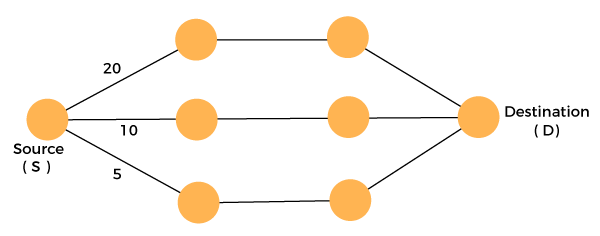
Selection Sort - Another quadratic time sorting algorithm - an example of a greedy algorithm.
How to write c code for greedy algorithm code#
An explanation and step through of how the algorithm works, as well as the source code for a C program which performs insertion sort. Insertion Sort - Another quadratic time sorting algorithm - an example of dynamic programming. A general idea of how the algorithm works and a the code for a C program. A good starting point to understand sorting in general, before moving on to more advanced techniques and algorithms. Move to the left subtree and right subtree of the temp Node.īubble Sort - One of the most elementary sorting algorithms to implement - and also very inefficient.Append leftcode with 0 and NULL, and rightcode with 1 and NULL.Initially copy the code to both leftcode and Declare two arrays leftcode and rightcode to store the code of the left.Initialize an integer variable length to the length of the array code.Hence print the character and its code, and return from the function. If temp->left and temp->right = NULL, then this is the leaf element of the tree.Print function– It takes pointer to the tree Node as temp and pointer to the code array. This is done by comparing their frequencies. To check if the last element fits or not it suffices to check if the last element is less than the minimum element among both the children, if it is then we are done. Basically, percolate down and swap with minimum child as necessary. Again see if the last element fits in that place. If it does not fit, take minimum element among both its children and replace the last element with it.

Now heap is filled with the last element in the heap and see if it fits. Heap = element DeleteMin function- heap is the minimum element.
How to write c code for greedy algorithm update#
Update the frequency of the temporary node to the sum of the frequencies of he left and right subtree nodes. Insert the temp Node in the heap using Insert function.įor a special case when there is only one character print “Character code of the characterįor all the distinct characters (distinct_character), find the left & right leaf nodes by deleting the minimum element them from heap. Store the values in a temp Node and initialize the left and right subtree to NULL. Input the character string and the frequency of that character. Given the list of characters along with their frequencies, our goal is to predict the encoding of the characters such that total length of message when encoded becomes minimum.įirstly Heap of type Node is initialized with heapSize = 0, heap -> freq = -INT_MAX(maximum possible value of signed int) and heap = (Node *)malloc(sizeof(Node)). Heap’s node (Node) structure is defined with fields character type ch, integer type freq, *left (pointer to the structure Node basically denotes the left subtree of a node) and *right (pointer to the structure Node basically denotes the right subtree of a node). Heap is declared globally so that we do not need to pass it as an argument every time. Rough notes about the Algorithm and how it is implemented in the code above: Temp -> freq = left -> freq + right -> freq * Given the list of characters along with their frequencies, our goal is to predict the encoding of theĬharacters such that total length of message when encoded becomes minimum */ Printf ( "char %c code %s\n", temp -> ch, code ) Ĭhar leftcode, rightcode If ( temp -> left = NULL & temp -> right = NULL ) If ( lastElement -> freq > heap -> freq )

Is less than the minimum element among both the children*/ * To check if the last element fits ot not it suffices to check if the last element * now refers to the index at which we are now */ If it does not fit, take minimum element among both its children and replaces parent with it.Īgain See if the last element fits in that place.*/ We put the last element in its place and see if it fits. Heap = element /*Insert in the last place*/ Heap = ( node *) malloc ( sizeof ( node )) *Declaring heap globally so that we do not need to pass it as an argument every time*/


 0 kommentar(er)
0 kommentar(er)
